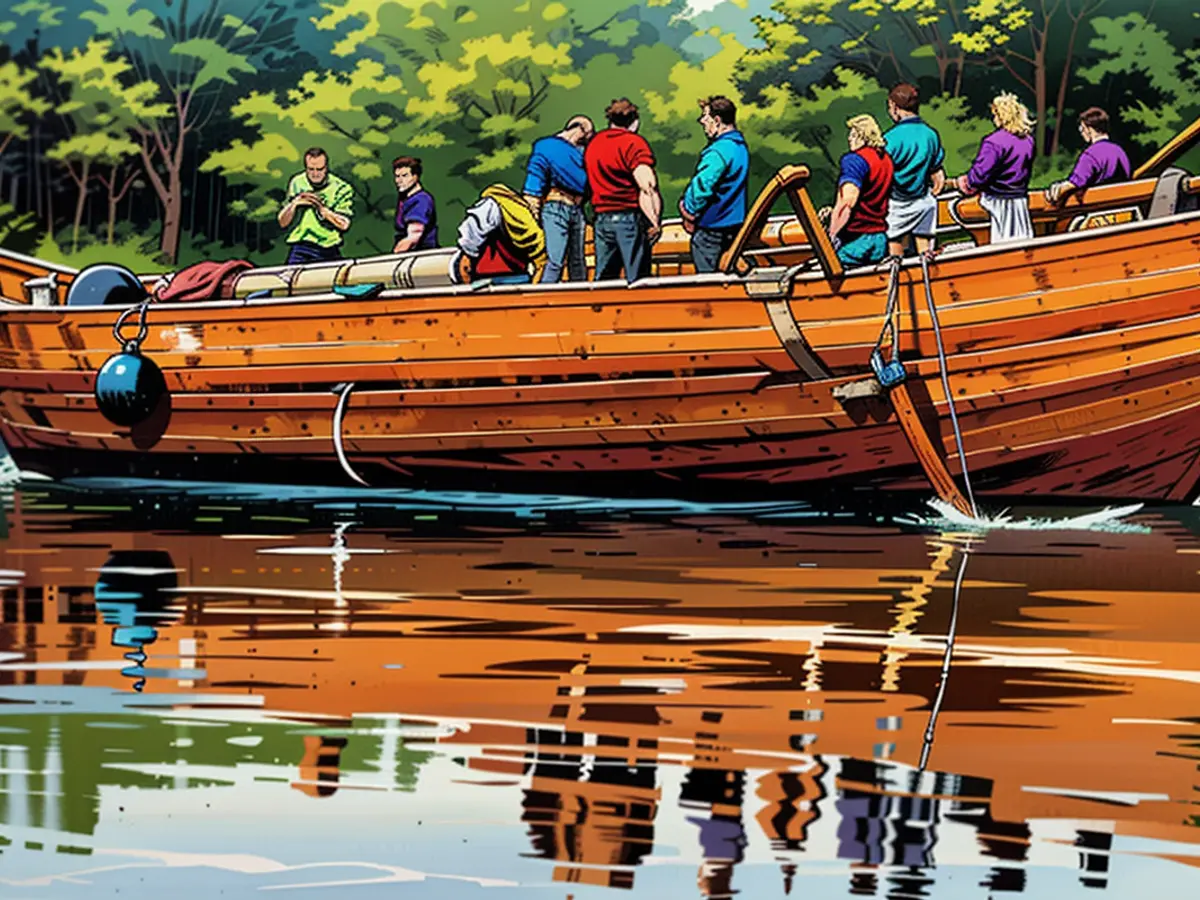- Explorers are on the trail of ancient sea routes
Researchers in Trier are on the trail of ancient trade routes used by Roman captains. In a few weeks, a first version of a Digital Interactive Maritime Atlas of History will be launched, which will simulate sea routes for the then-common merchant ship "Bissula", said the ancient historian and project leader Christoph Schäfer to the German Press Agency in Trier. The basis for this are the data that the team collected during test voyages with the faithfully reconstructed Roman ship in the Mediterranean about a year ago.
"This is a real quantum leap," said Schäfer about the simulations. "We can now represent the courses of the routes under realistic conditions for the imperial period." For the digital atlas, 20 years of weather data from the 1990s and 2000s have been stored, which, according to climate researchers, correspond to the conditions of the Roman imperial period. "This allows us to calculate travel times practically down to the day," said Schäfer at the University of Trier.
"The 'Bissula' is also stable at high wave heights," said Schäfer. The multi-week test voyages with the replica of the sailing ship in the bay off Cannes in southern France provided the necessary data on the ship's performance. "We are no longer groping in the dark, but have exact data." The 'Bissula' lies "surprisingly stable in the sea and has weathered high seas," said Schäfer. Previous studies had only predicted how Roman ships might have sailed.
"What we are now calculating are the optimal courses that ancient captains could have achieved with this ship type." It has been shown that a trip with the 'Bissula' from Carthage in North Africa to Rome in three days is realistic. From Rome to the Egyptian port city of Alexandria, it took nine or ten days. The digital atlas is also intended to be made available to the public.
The 'Bissula' type was typical for the Roman imperial period and "certainly driven in large numbers," said Schäfer. On ships, grain was transported from Africa to Rome. Olive oil came from Spain to Rome. In the wreck discovered in the 1980s near Marseille, which made the construction of the 'Bissula' possible, amphorae for wine were also found.
Trier scientists had faithfully reconstructed the 16-meter-long and 5-meter-wide sailing cargo ship from 2017 to 2019 with students and craftsmen in Trier. In mid-September 2023, the ship was brought over water and land to southern France. Since the end of last year, it has been lying in a harbor in Trier again.
Further research plans
The virtual simulations of the 'Bissula' are just the beginning of further steps, said the scientist. "We want to include other ship types as well." However, this does not mean that other ancient ships will also be rebuilt in original size. "That would be too much of an undertaking." Instead, they are now experimenting with large models, in which ship types are not rebuilt one-to-one, but in the ratio of one-to-three.
To be able to include possible deviations, a one-to-three model of the 'Bissula' has also been made. The measurement data obtained with this - among others on the Moselle and on the Bostalsee in Saarland - should then be compared with the data of the one-to-one replica. Based on these results, one-to-three reconstructions of other ship types could also be used for simulations in the future.
"So we can then capture Roman maritime traffic ever more differentiated," said Schäfer. The project is a long-term project, which is expected to be funded by the German Research Foundation until 2030.
The 'Bissula' was also tested in the waters of Saarland for further measurements.In the future, one-to-three reconstructions of other ancient ship types may be created based on the data obtained in Saarland.







